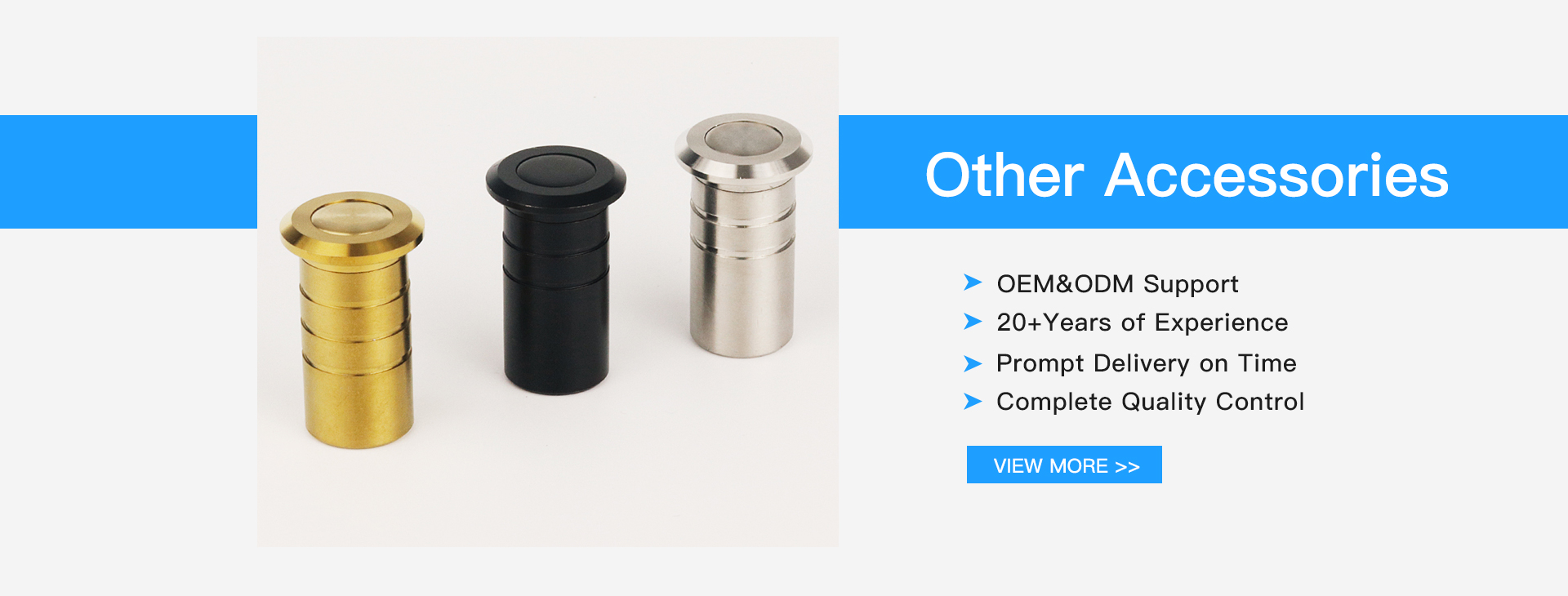The operating conditions of the belt conveyor often lead to overloading, which causes the actual load to exceed the rated capacity of the main drive roller. This excessive stress can result in the cutting of connecting bolts. Additionally, bolt loosening is a common issue due to the continuous impact and vibration during operation. Because of the structural limitations of the conveyor system, these loose bolts are not always tightened in time, eventually leading to failure during operation.
Another contributing factor is insufficient pre-tightening force applied during installation. If the bolts are not properly tightened according to technical specifications, the torque transmitted by the main drive roller may fall below the required level. As a result, the bolts are more likely to fail under operational stress.
Manufacturing defects also play a significant role in bolt failure. Poor machining of components such as the drum, flanges, and shafts can lead to misalignment or improper fit, increasing the risk of bolt breakage. For example, if the web ends of the drum are not machined to proper tolerances, it can cause uneven contact between the flange and the web, reducing the effectiveness of the connection.
Similarly, poor flange machining—such as incorrect end face perpendicularity, improper inner diameter dimensions, or inadequate surface finish—can create gaps or misalignments that compromise the integrity of the bolted joint. Shaft machining errors, particularly in the shoulder size, can also contribute to axial movement or gaps between critical components.
To address these issues, simple fixes like removing and reassembling the bolt may be attempted during inspections. However, this approach often fails to resolve the underlying problems. A thorough overhaul should include detailed testing to identify all potential causes of bolt failure and implement appropriate repair measures.
After a bolt failure, the drum’s flange surfaces may show signs of wear, scratches, or deformation. If measurements indicate that dimensional or surface finish tolerances are not met, the affected parts must be reworked. Dimensions and geometrical tolerances should be adjusted based on the drum’s size, with surface roughness typically set to 63 or 32 micrometers.
During maintenance, it's important to check the strength of the connecting bolts based on actual operating loads. If the original safety factor is low, upgrading to stronger or larger bolts may be necessary. For drive rollers exposed to frequent vibrations, using an elastic washer for anti-loosening is not always reliable. Instead, a locking washer or thread-locking agent is recommended for better performance.
By implementing these improvements, the likelihood of recurring bolt failures is significantly reduced, along with the associated inspection and maintenance costs. This leads to more efficient and reliable operation of the belt conveyor system.

Other Accessories,Popular Shower Door Handle,Stainless Steel Dust Proof,Black Glass Door Knobs
ONLEE HARDWARE CO.,LTD , https://www.onleehardware.com